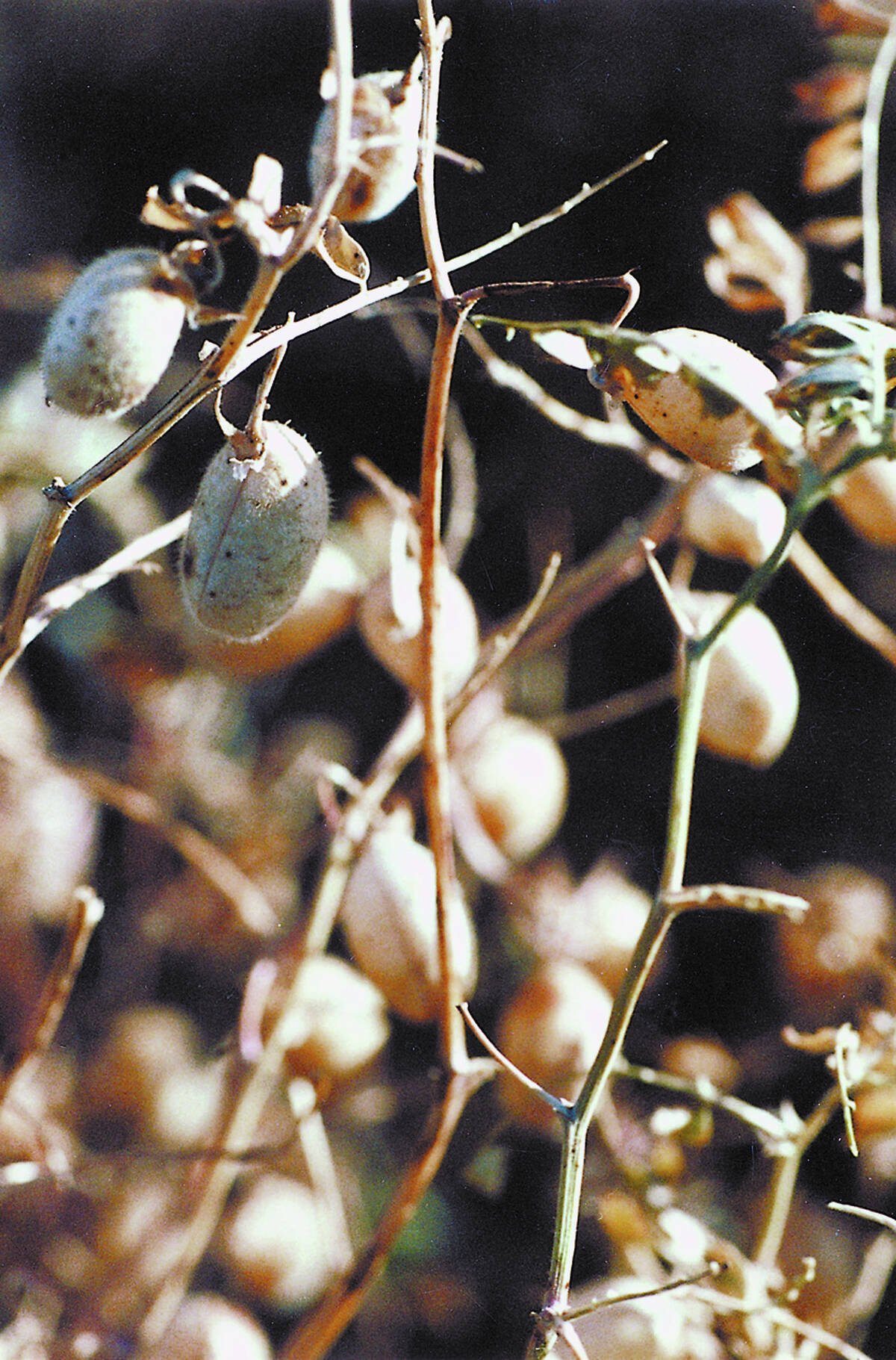Incomes are higher, expenses lower, soil is healthier and absence of chemicals is good for the environment, says expert
LONDON, Ont. — The murmur of conversation died when the organic speaker displayed his corn income numbers at the Innovative Farmers of Ontario conference.
Jeff Moyer, farm director with the Rodale Institute in Pennsylvania, had finally caught the full attention of his audience.
He said typical conventional farmers, including those who use tillage and no-till producers, harvested 150 bushel corn and netted $192 and $122 per acre, respectively, based on corn priced at $4.13 over a recent three-year period.
Organic tilled and organic no-tilled corn returned $992 and $996 per acre when based on organic corn prices of $8.36 per bu.
Read Also

Low-quality chickpeas in abundance this year
There are plenty of low quality chickpeas to move this year but the pet food market is already oversupplied with product.
“In general, organic systems can yield as well as conventional systems, except in wet years or dry years,” Moyer said.
“Then they tend to do better.”
Moyer was drawing on long-term, plot data at Rodale, which compares conventional systems with two organic rotations: one animal-based and the other legume-based. The financial numbers were produced using the Mississippi State University’s budget generator.
“If you’re looking at your farm as a business model and you’re not looking at organic, you’re missing the boat,” Moyer said.
“Our incomes are higher, our expenses are lower and, ultimately, our net returns are three times as much. It’s not like it’s even close.”
Moyer also made an argument for the positive environmental outcomes of organic practices.
Generating fertility by feeding and stimulating the soil biology with cover crops and wider rotations is core to organic agriculture. Producers must also consider the absence of chemical sprays and fertilizers derived from fossil fuels, he added.
“Our goal has been to keep something green and growing on the soil at all times.”
He said some organic farmers have also started practicing no-till agriculture using a thick cover crop of at least 5,000 pounds of dry matter per acre. Moyer said 8,000 lb. is better, and he’s seen the system work with as much as 15,000 lb.
The cover crop, especially if it includes a legume, helps generate crop nutrients and discourage weeds. Organic gardeners have long used thick mulch for the same purpose.
Moyer typically uses tillage when establishing cover crops. They need to be planted in a timely fashion to generate enough biomass.
“If all you want to do is grow corn and soybeans, you’re not going to open up the cover crop window very wide,” he said.
Roller-crimpers are used to kill the cover crop instead of herbicides. Rodale has posted plans for the machine on its website at www.rodaleinstitute.org.
“As long as your cover is in full bloom, you can kill it,” he said.
Moyer said Rodale has settled on a roller/crimper design with the steel crimper blades arranged in a chevron pattern.
This makes for a smoother operation compared to having the blades horizontal to the ground.
The roller/crimper is often front-mounted, which allows a planter to be pulled behind the tractor.
Moyer said planting into a thick mat of material may not provide the best environment for the seed. As a result, the institute recommended a higher seed rate of 32,000 seeds for corn and 200,000 for soybeans.
He showed a photograph of a Pequea planter with residue slicers, Yetter shark-tooth residue managers and 130 lb. of added weight per row unit.
Moyer said the mechanics of the system have come far, but there’s still much to learn. He cited the example of soybeans yielding 38 bu. per acre when planted on June 1 compared to 59 bu. when planted in the same field into the same cover crop one week earlier.
The system is now being tried on larger acreages, including a farm in Wisconsin where 640 acres of soybeans were planted into crimped rye and a 34,000 acre Argentine farm that’s transitioning to organic.
“We know the system can work and we know it can work at scale,” Moyer said.
“We’ve eliminated the use of herbicides and tillage in this system, both of which can kill soil microbes.”
IFAO member Blake Vince has planted corn into a multi-species cover crop on his farm near Chatham, Ont., but he used a spring glyphosate burn-down. Vince said he was not ready to rely only on roller-crimping.
The Rodale Institute was established in 1947 by J.I. Rodale, who coined the term “organic agriculture.”
It launched its Farm Systems Trial in 1981 to compare organic and conventional systems using large 60 by 300 foot plots.
Moyer said scientists have used the long-term trial to generate 46 peer-reviewed articles.














